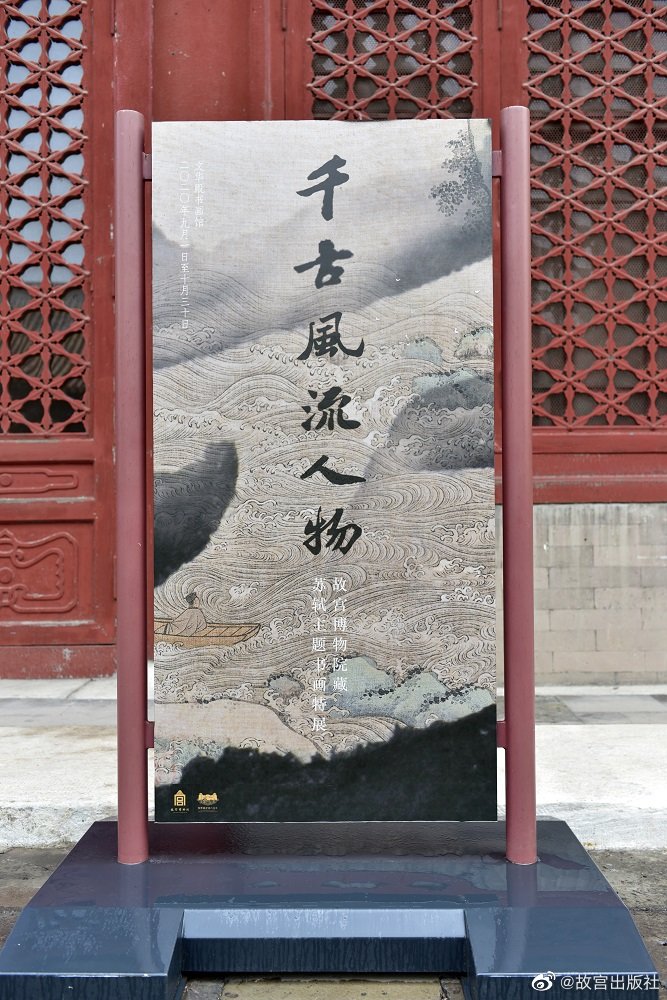In this year’s 2020, the second decade from the turn of the century in Beijing the Capital of China also the People’s Republic of China, in which is also the year of the rat, marking its six hundred years anniversary of the Forbidden city that marks the transitional point of in between the middle of the Ming Dynasty (1368- 1644) transitionally from Nanjing to Beijing towards the Qing Dynasty (1636-1644-1911) …. The Imperial Palace seen so many countless seasonally transitional equinoxes but further its six hundred years is iconic, but it’s five hundred ninety nine years it marks it Autumn Equinox…. In which it only took twelve years to build the same of the Daming Palace of The Tang Dynasty Xian Imperial Capital only it was least twenty times larger……
The Forbidden City Central Axis The central axis is the core Yuanshu supporting the capital as the center of the world, and it is taken from the sky axis. First, build a royal road, and build a hall at the northern end of the royal road. The hall becomes a symbol of the North Star, and the royal road becomes a symbol of the axis of the sky. This is the center of the world. This kind of planning method is simple and easy to implement. It gets rid of the geographical center restriction and can find any place to build the capital. It has greater flexibility and has been inherited by the past.
The central axis of Beijing city passes from Fengtian Hall (Qing Taihe Hall) to the north through Huagai Hall (Qingzhonghe Hall), Jinshen Hall (Qingbaohe Hall), Qianqing Palace, Jiaotai Hall, Kunning Palace, Qin’an Hall, Long Live Mountain (Qingjingshan), Houmen Bridge, and finally Drum Tower; south through Taihemen, Meridian Gate, Duanmen, Tiananmen, Damingmen (Daqingmen), and finally Zhengyangmen, and finally Yongdingmen in Jiajing. The total length of the central axis is about 8 kilometers. The three most important halls, the Hou Sangong, and Longevity Mountain are all located on the central axis. The other minor buildings strictly follow the principle of symmetrical arrangement and are arranged on the left and right sides of the central axis to enhance The central axis and the buildings on the central axis are supreme.
The central axis of Beijing City contains the central axis of the Forbidden City. The central axis of the Forbidden City is from the Meridian Gate to the Shenwu Gate. There are seven palaces on the central axis to symbolize the Big Dipper. They are Fengtian Hall (Qing Taihe Hall) and Huagai Hall (Qing Dynasty). Zhonghe Hall), Jinshen Hall (Qingbaohe Hall), Qianqing Palace, Zhongyuan Hall (Jiaotai Hall), Kunning Palace and Qin’an Hall.
中轴是支撑都城为天下中心的核心元枢,取象于天轴。首先建一条御道,于御道的北端建一座大殿,大殿成为北极星的象征,御道成为天轴的象征,这里就成了天下的中心。这种规划之道简单且容易做到,摆脱了地域上的中心限制,可以找任何地方建都,灵活性更大了,因此被历代所继承。
北京城中轴从奉天殿(清太和殿)向北穿过华盖殿(清中和殿)、谨身殿(清保和殿)、乾清宫、交泰殿、坤宁宫、钦安殿、万岁山(清景山)、后门桥,终于鼓楼 ;向南穿过太和门、午门、端门、天安门、大明门(大清门),终于正阳门,嘉靖时终于永定门。中轴全长约 8 千米,最重要的三大殿和后三宫、万岁山均位于中轴上,其他次要建筑则都严格遵守对称排列的原则,配置在中轴的左右两边,以增强中轴及中轴上的建筑至高无上的地位。
北京城的中轴包含着紫禁城中轴,紫禁城中轴是指从午门至神武门,中轴上布置了七座宫殿以象征北斗七星,它们是奉天殿(清太和殿)、华盖殿(清中和殿)、谨身殿(清保和殿)、乾清宫、中圆殿(交泰殿)、坤宁宫和钦安殿……






















































